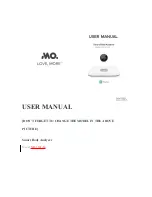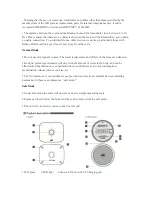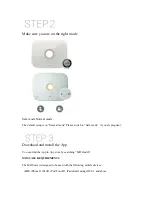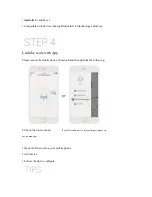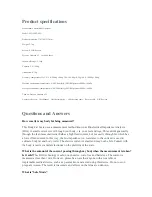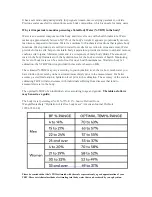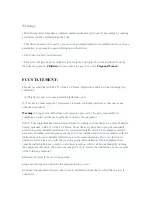
It has a safe mode designed specially for pregnant women, users carrying pacemaker, or kids.
Previous scales use electric currentto measure body composition, which is unsafe for many users.
Why is it important to monitor percentage Total Body Water (%TBW) in the body?
Water is an essential component of the body and its level is one of the health indicators. Water
makes up approximately between 50-70% of the body's weight. It appears proportionally more in
lean tissue compared to fat tissue. Water is a medium for biochemical reactions that regulate body
functions. Waste products are carried in water from cells for excretion in urine and sweat. Water
provides form to cells; helps to maintain body temperature; provides moisture to skin and mucosa;
cushions vital organs; lubricates joints and is a component of many body fluids. The amount of
water in the body fluctuates with the hydration level of the body and state of health. Monitoring
the level of body water can be a useful tool for one's health maintenance. Similar to body fat
estimation, the %TBW function provided in this scale is based on BIA.
The estimated %TBW may vary according to your hydration level, that is, how much water you
have drunk or how much you have sweated immediately prior to the measurement. For better
accuracy, avoid fluctuation in hydration level prior to the estimation. The accuracy of the scale in
estimating TBW will also decrease with individuals suffering from diseases that tend to
accumulate water in the body.
The optimal %TBW of an individual varies according to age and gender.
The table as follows
may be used as a guide:
The body water percentage(%):43%-73%/0.1%
Source:Derived from
Wang&Deurenberg:”Hydration of fat-free body mass”. American Journal ClinNutr
1999.69833-841.
Please be reminded that the %TBW estimated with the scale represents only a good approximation of your
TBW. There exist clinical methods of estimating total body water that can be ordered by your physician.

